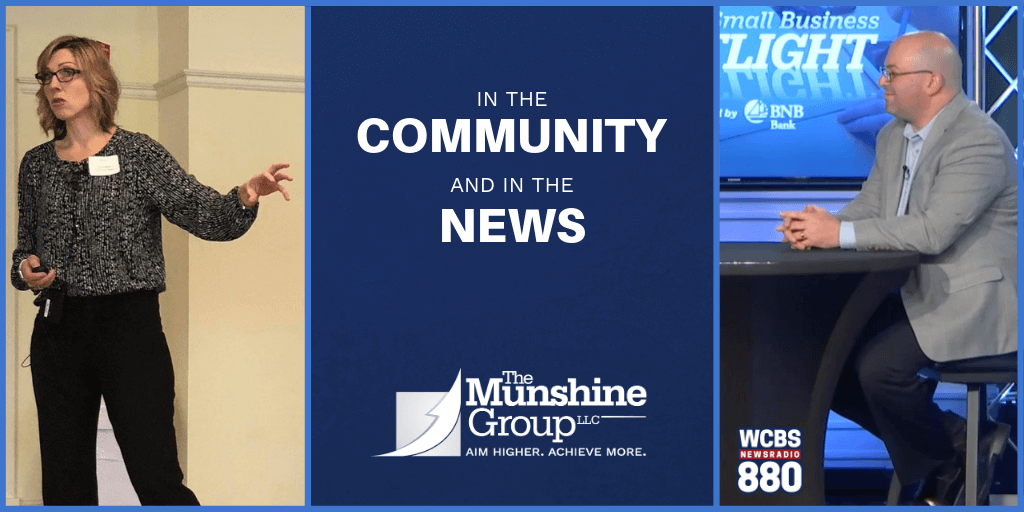In a recent article, we took a look at some of the best ways nonprofit organizations can jump start and grow their major gifts programs, based on a presentation delivered by The Munshine Group’s Senior Vice President, Tonya, Addy, CFRE. We noted it’s an especially important time to focus on major gifts, with studies showing growth in giving in 2018 was driven by donors who gave at least $1,000.
Because major gifts are so crucial to nonprofit fundraising, communications, strategy and implementation, The Munshine Group is proud to be the 2019 sponsor of the Major Gifts sessions at AFP-NYC’s Fundraising Day in New York, on Friday, June 14th — the 40th year of FRDNY!
The topic was also in the spotlight when David Munshine, President and CEO of The Munshine Group, was a guest on business reporter Joe Connolly’s popular Small Business Spotlight on WCBS Newsradio 880. David addressed a wide range of nonprofit issues and questions for a general-interest audience, starting with more detail on The Munshine Group, telling Joe:
We work in all of the major nonprofit sub-sectors, so that means that we’ve worked with clients who are in higher education — colleges and universities — hospital and health care systems, independent schools, as well as arts and culture. We get a lot of calls from human services organizations. It’s a really diverse mix.
There are many projects that relate to capital campaigns. That’s the really big, transformational, signature project of the clients we serve. But we know nonprofit organizations have many other needs, and we are more than just a fundraising consulting firm. We’re also a communications firm. We also help clients with strategy and implementation. We may hear from clients when they have a major initiative such as a building campaign or something where they’re really looking to take things to the next level.
Joe followed up with particular interest in capital campaigns, asking David how long they typically last, and how we keep them going for years:
It depends. Five years is often a good guideline. Small organizations, two to three years is generally the timeframe. Larger, more complex institutions — those hospitals, health care systems and universities — you’re easily looking at a seven-to-ten-year campaign. It requires many things, including plans to give volunteers, which are the essential ingredient in capital campaigns, a great experience.
Half or more of the campaign will be in what’s called the quiet phase, or the silent phase, so that is a different allocation of resources. A capital campaign will provide 90 percent-plus of the funds from ten percent or fewer of the donors, so there’s a lot of work in the background before you get to the big community phase.
We say campaigns are won or lost in the planning. There are a few different planning stages before you really get down to the business of asking for money and reaching out to increasing numbers of prospective donors, so we’ll typically start with some sort of feasibility or campaign planning study.
David also offered an answer about how to train board members and volunteers to ask people they know for money:
One of the things that we tell them is not to focus on how they feel when they ask for money, but rather to focus on how they feel when they give money. Americans lead the world in generosity, so it feels good to give. We need to remind volunteers of that, because otherwise they tend to get gripped by fear or anxiety or procrastination.
Whatever questions you have about fundraising, communications, strategy and implementation, stop by Booth #404 at Fundraising Day in New York to meet our team. We look forward to the conversation!


